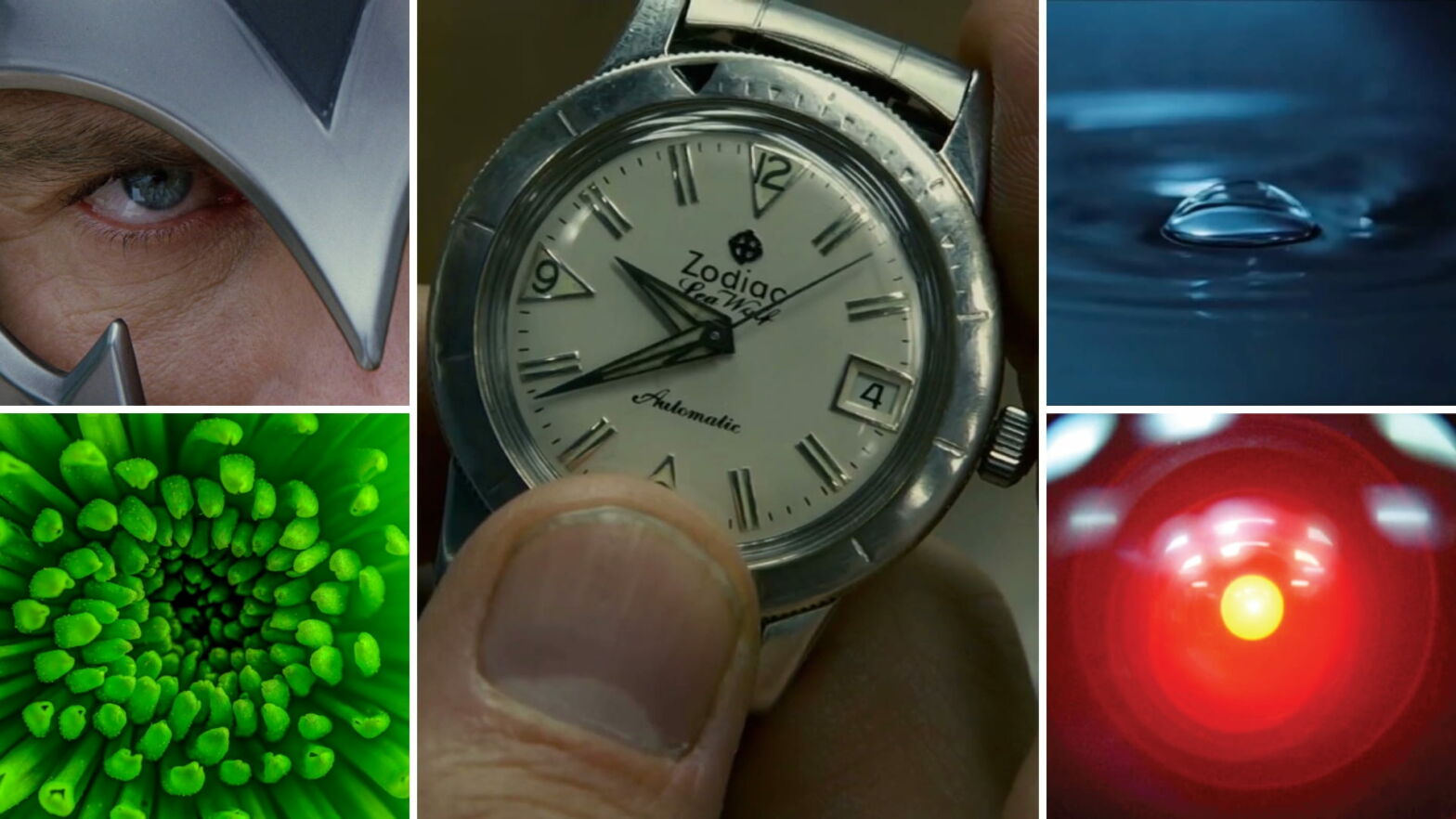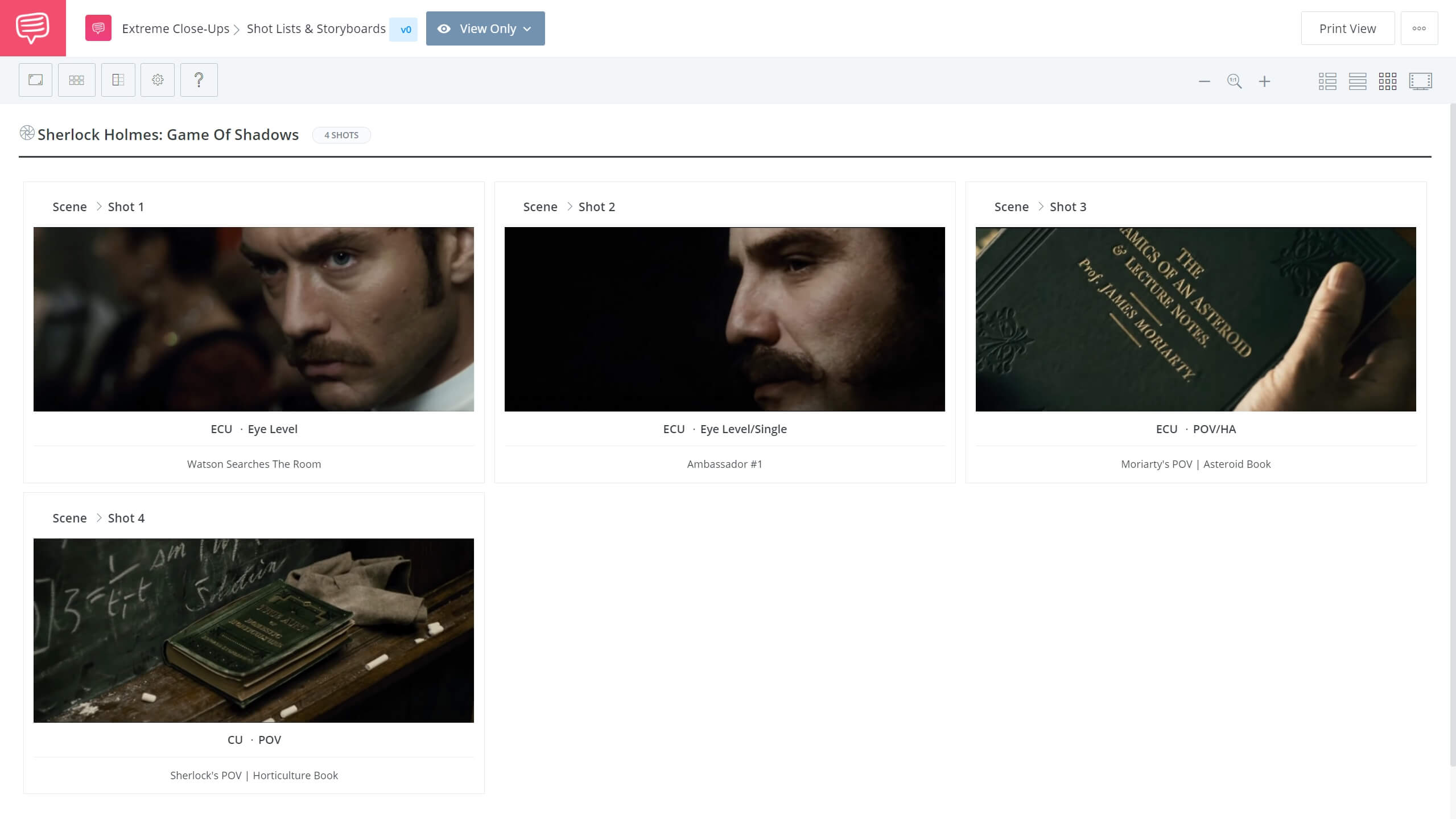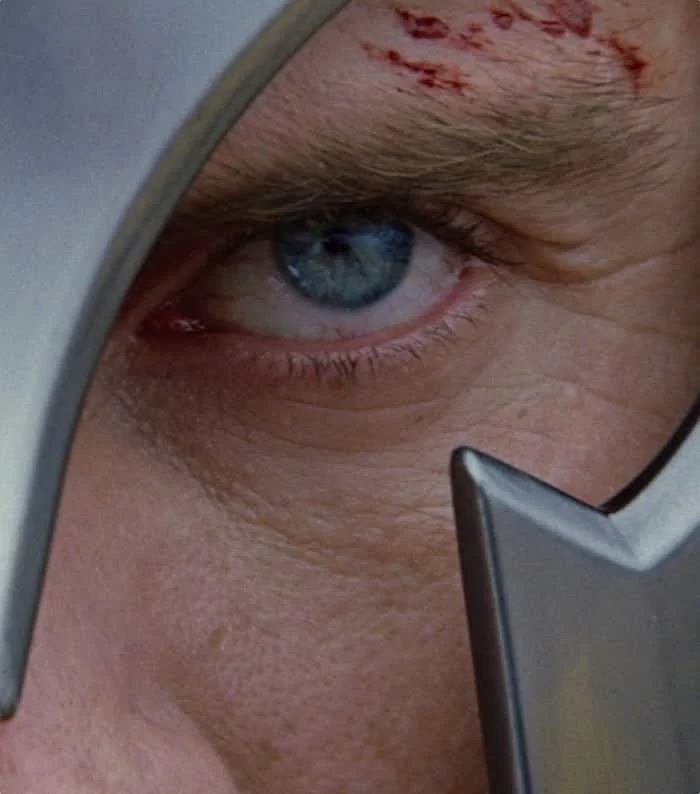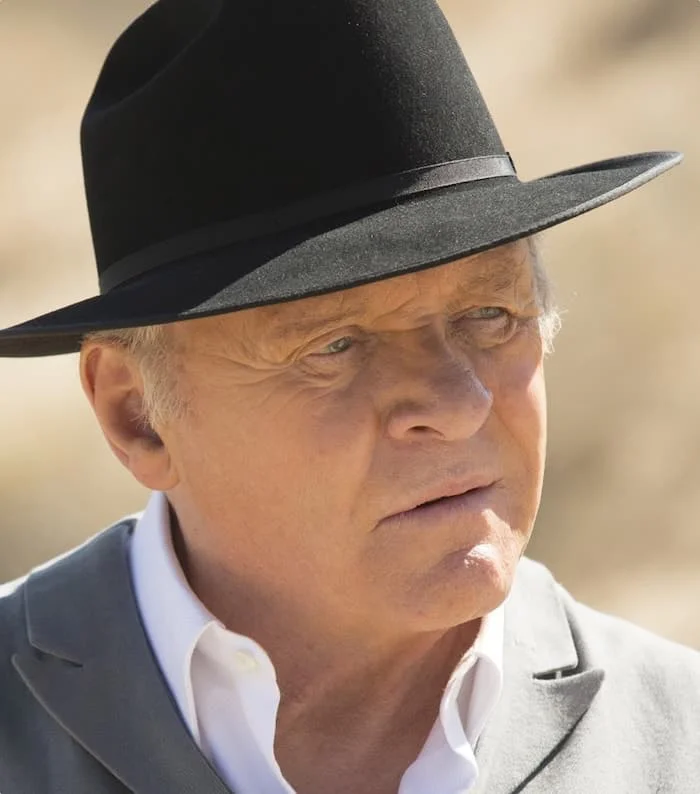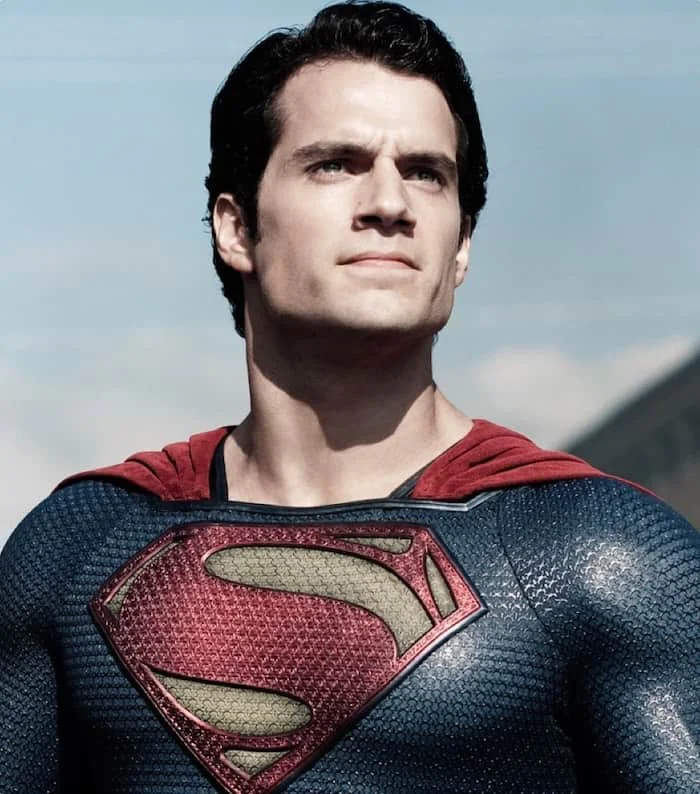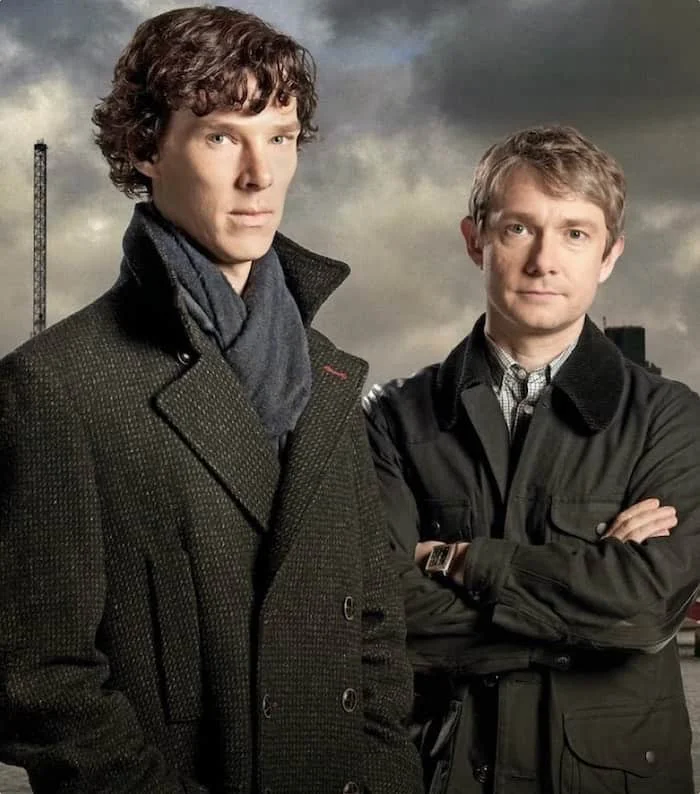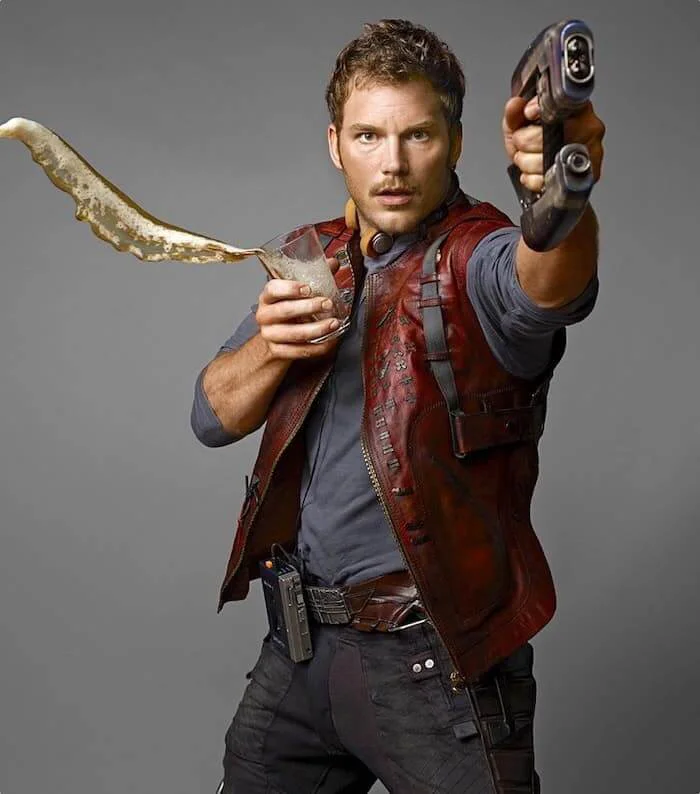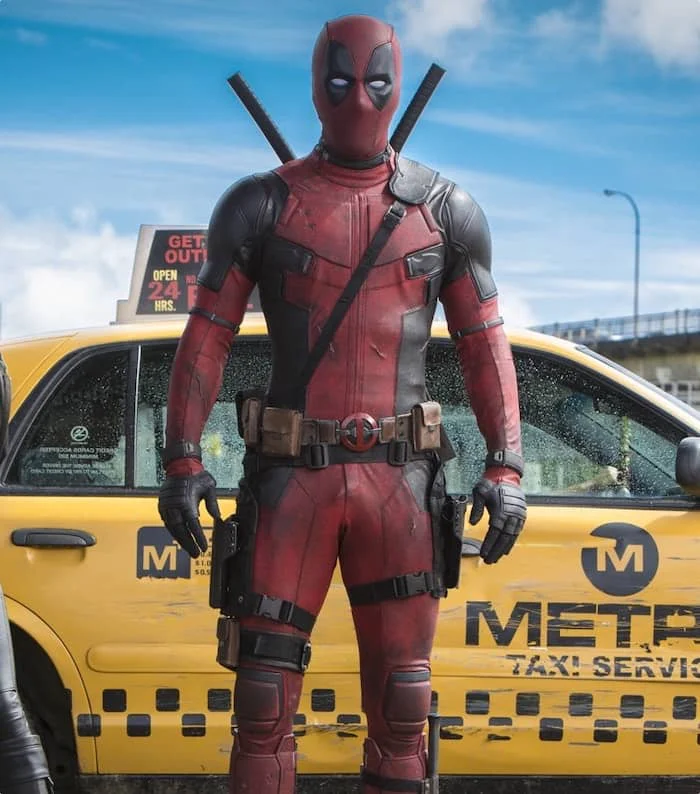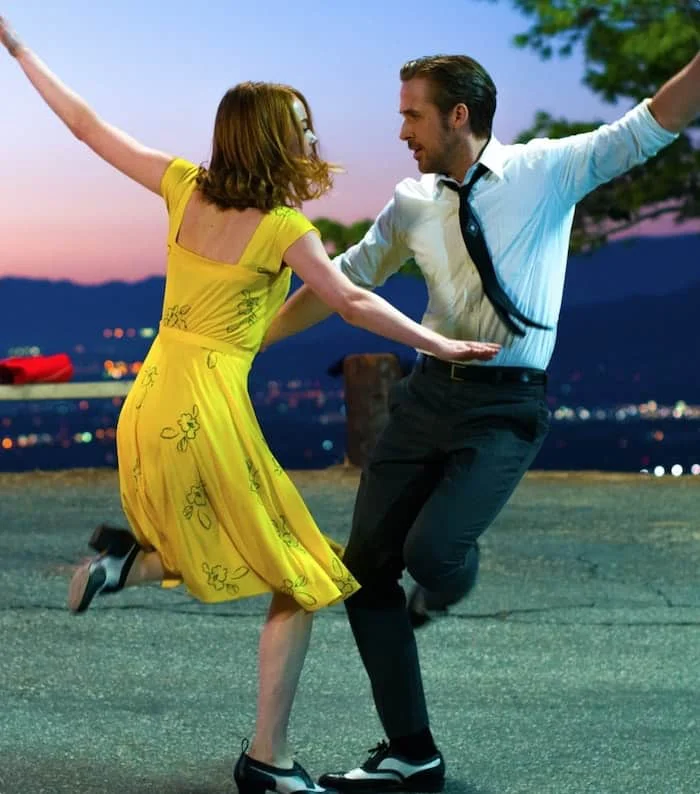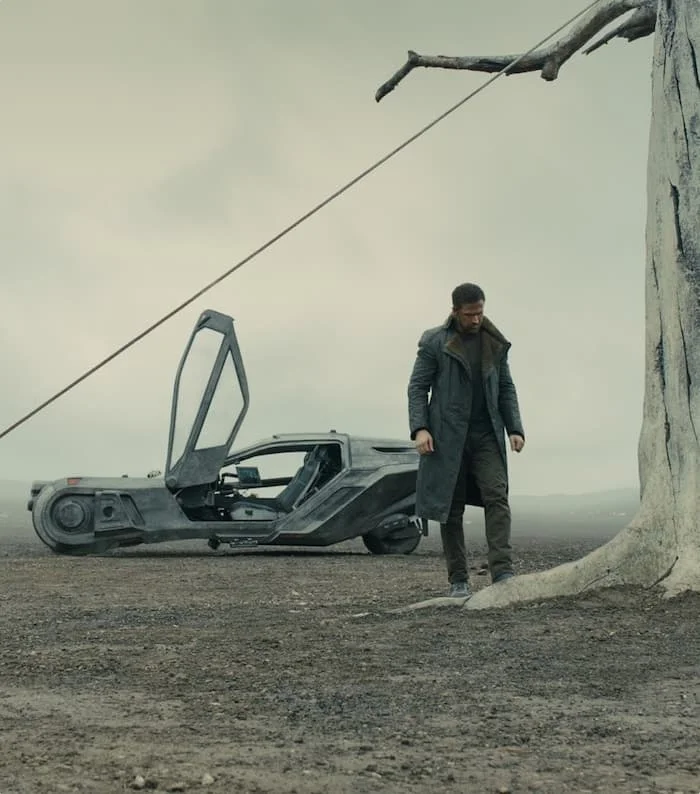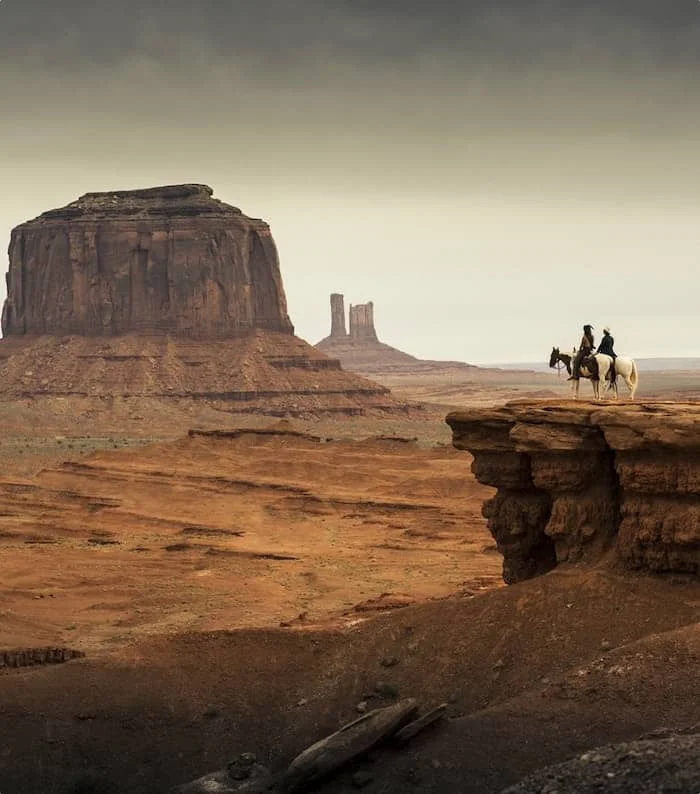Extreme close-up shots are a very useful tool in cinema, but because they are so noticeable it’s important to know how and when to use them so that your viewer is generally on board with your shot selection.
We’re going to discuss the extreme close-up shot and go over which emotions are generated when you use one, and show you extreme close-up shot images and scenes that worked well.
Defining The ECU
Extreme close-up basics
Extreme close-up shots are not just used on actors, but also used for b-roll, inserts, and the odd establishing shot. In other words, there are many opportunities to use this type of shot and having it in your director's toolbox will make you a stronger filmmaker.
So, let’s break it down.
EXTREME CLOSE-UP SHOT DEFINITION
What is an extreme close-up shot?
An extreme close-up shot frames a subject very closely, often so much so that the outer portions of the subject are cut off by the edges of the frame. On an actor, this is commonly used to show specific portions of the body, like the face or hip, but it can go closer to show only an actor’s mouth, or even a single eye.
Inanimate objects can also be framed in an extreme close-up shot, but everything is based on the scale and size of the object. If you were to frame a steaming tea-pot in an extreme close-up, you might focus on the spout or base. The idea is that you cannot see the entire subject, but rather are forced to focus on a particular portion, hopefully, for the desired effect.
Why do directors use extreme close-up shots?
- To focus in on a specific portion of the subject.
- To signal an important sensory moment in a scene.
- To communicate tiny details too small to notice.
The meaning of an extreme close-up is sort of relative.
After all, you could describe a shot as “a close-up on Frank’s eyes.” So… now we know that the subject isn’t Frank so much, but rather his eyes.
But how is that different from “an extreme close-up on Frank?"
Even more, what about “an extreme close-up on Frank’s eyes?"
These are all relative to what you’ve decided is the subject of your shot.
Before we break down some examples, take a quick look at how David Fincher uses this shot.
You can see how much depth and detail these extreme close-up shots add to the world and tone of the film. They say a lot with a little.
Let’s take a look at a few scenes and sequences that used extreme close-up shots effectively, and why they used them for their scenes.
EXTREME CLOSE-UP SHOTS
ECU examples
Let’s show you some examples of extreme close-ups to see if we understand the motivation. Typically, directors use these shots for very specific narrative reasons.
The first of our extreme close-up shot images is from HBO’s The Night Of, and this is an example of using the extreme close-up for practical reasons, but also for thematic ones as well.
This mini-series is about a young man who is charged with the murder of a young woman, so they use extreme close-ups to show important pieces of evidence that give the viewer theories surrounding the crime.
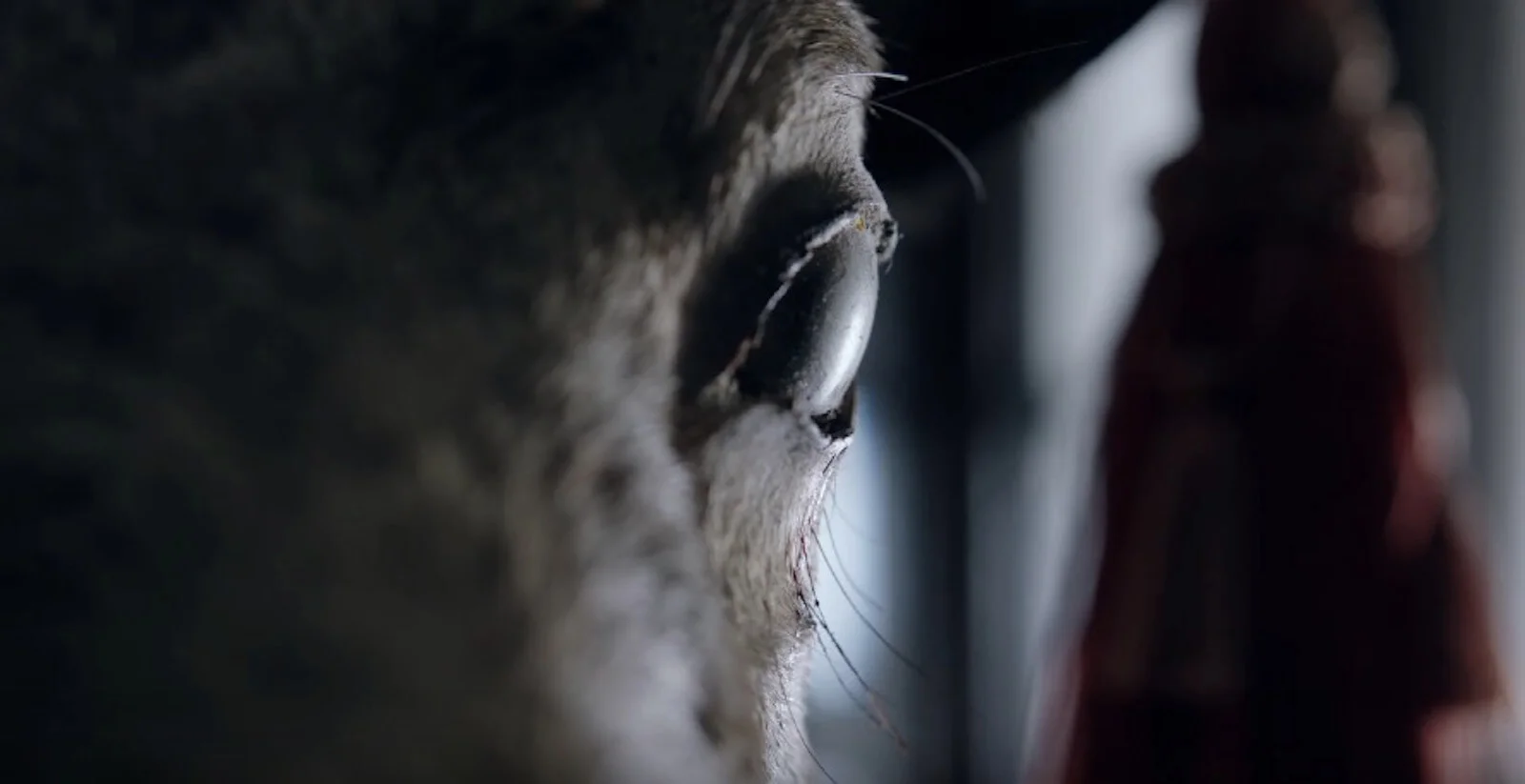
ECU in The Night Of
But they also use this shot for other reasons, one of which is to generate even more questions by withholding information from the viewer.
This next example wasn’t so much to show us some terribly important...
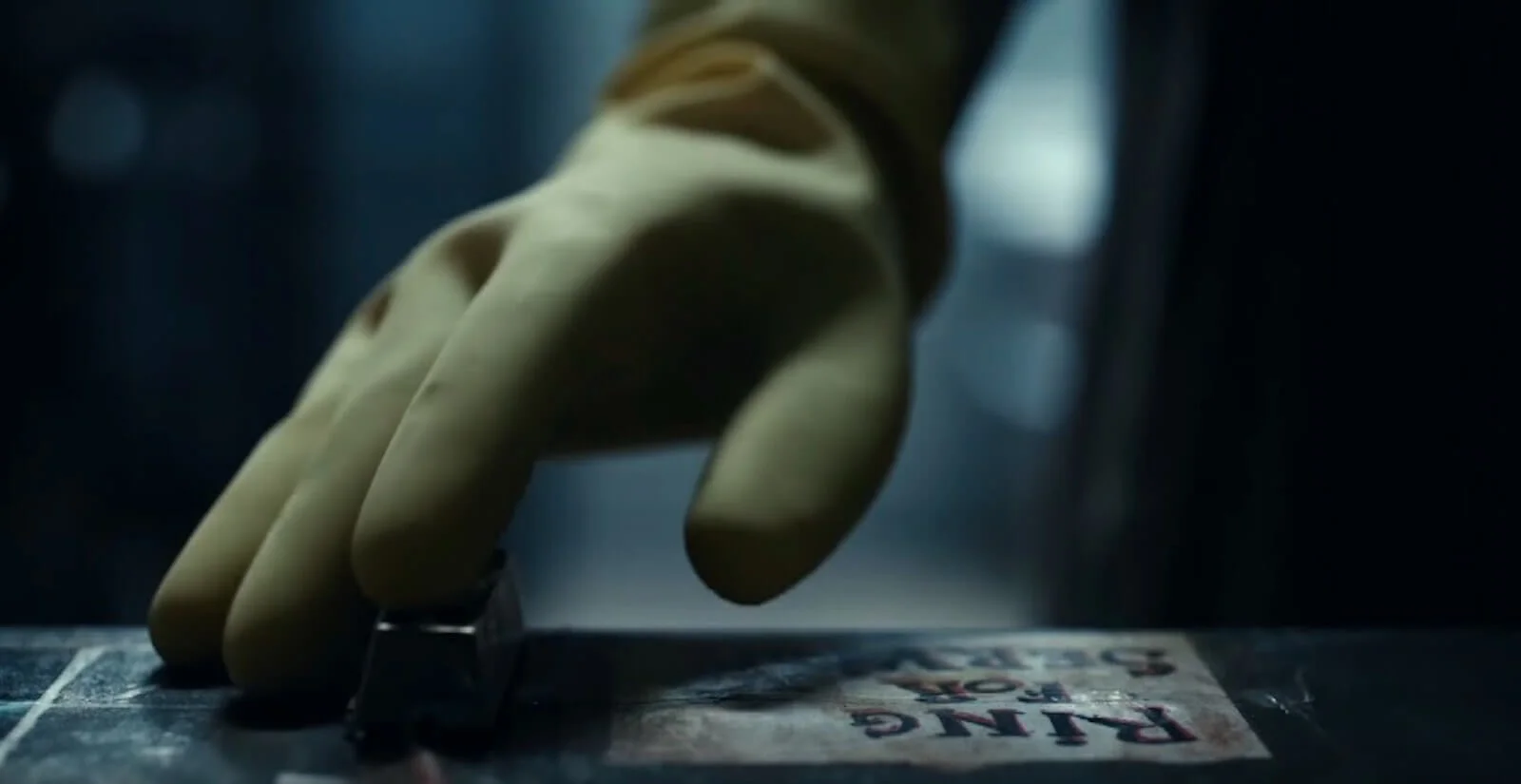
Extreme Close Up in The Night Of
But rather to make the viewer more curious about who is wearing the rubber cleaning gloves, and why they are wearing them.
Watch the trailer below. Can you spot the extreme close ups?
HBO's The Night Of Trailer
It isn’t just a case of withheld identity, but also withheld action.
ECUs can giveth info, but also taketh away.
Let’s look at an example from Sherlock Holmes: A Game of Shadows.
Sherlock Holmes: A Game of Shadows
In this scene, Watson and Simza search around the room for an assassin, and they need to identify him by his features.
Again, you will be in charge of how close you set your ECU, but as long as portions of the subject are cut-off by the edges of the frame, you may safely label and refer to a shot as an extreme close up.
We can use StudioBinder's shot listing feature to lay out Sherlock Holmes' extreme close ups.
You should identify key moments for your ECUs during your script breakdown, and mark them for the shot list of your scene.
Creating your shot list in StudioBinder, allows you to accurately determine the moments where an extreme close up will be effective, and a storyboard will give you a good idea of how it will look.
While Watson focuses in on something, the filmmakers decide to use an extreme close-up to show his thought process.
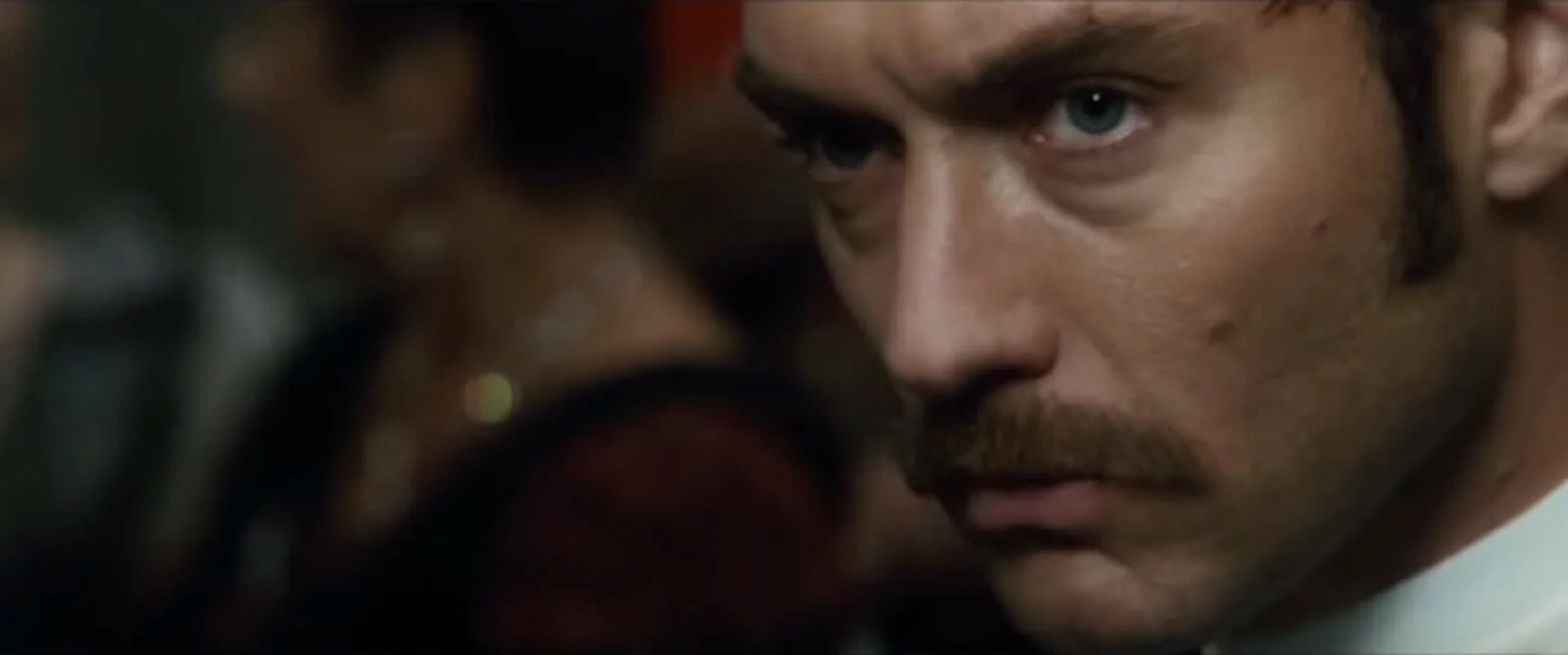
ECU in Sherlock Holmes: A Game of Shadows
This is a somewhat emotional usage of this shot because while it tells us Watson is focused intently on something, it doesn’t reveal any information within the actual frame or shot.
What is Watson looking at again?
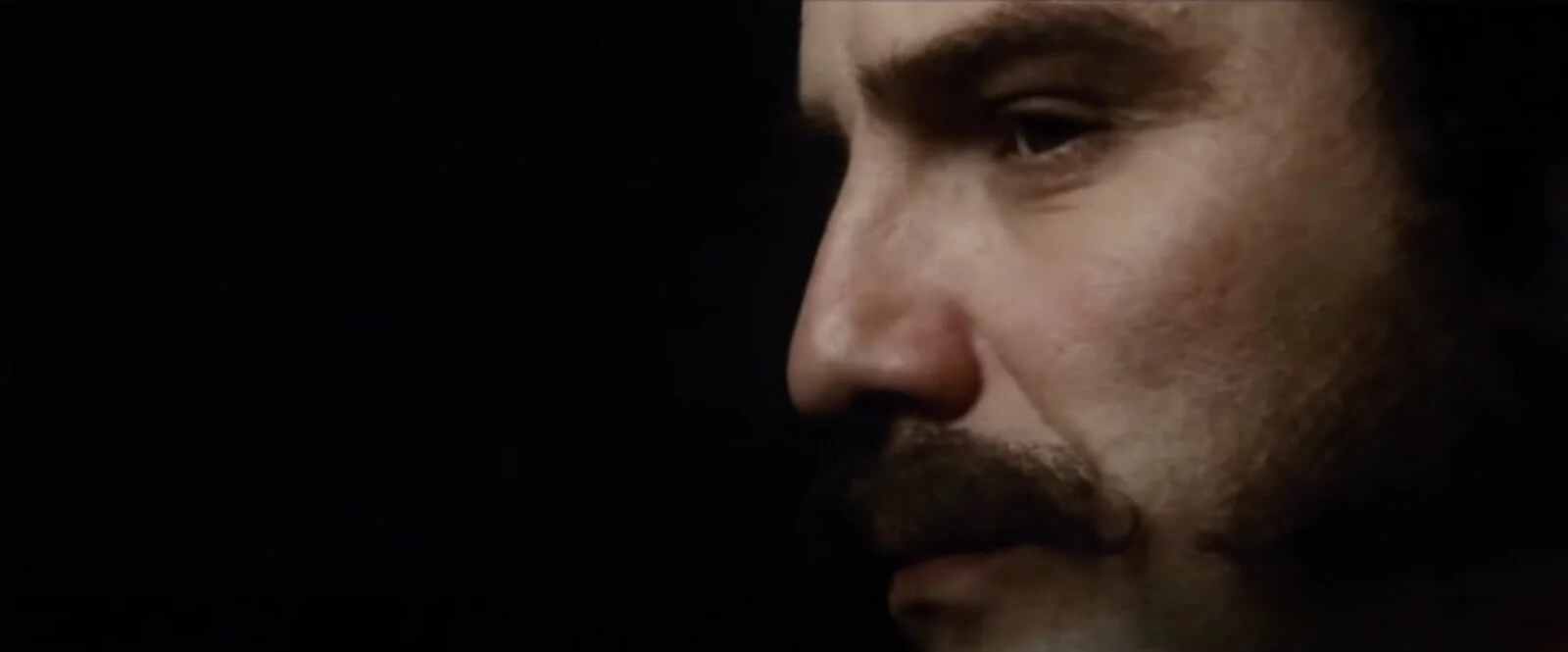
Another ECU
He is looking at this man across the room. They are attempting to identify features, so there is a practical reason behind this shot.
The difference is important, but you can pair shots like these for clean cuts and they play off one another really well. You can’t just do this whenever you like without risking a cinematic faux pas.
Our next example will show you how you can trick the viewer into paying attention to the wrong imagery and information.
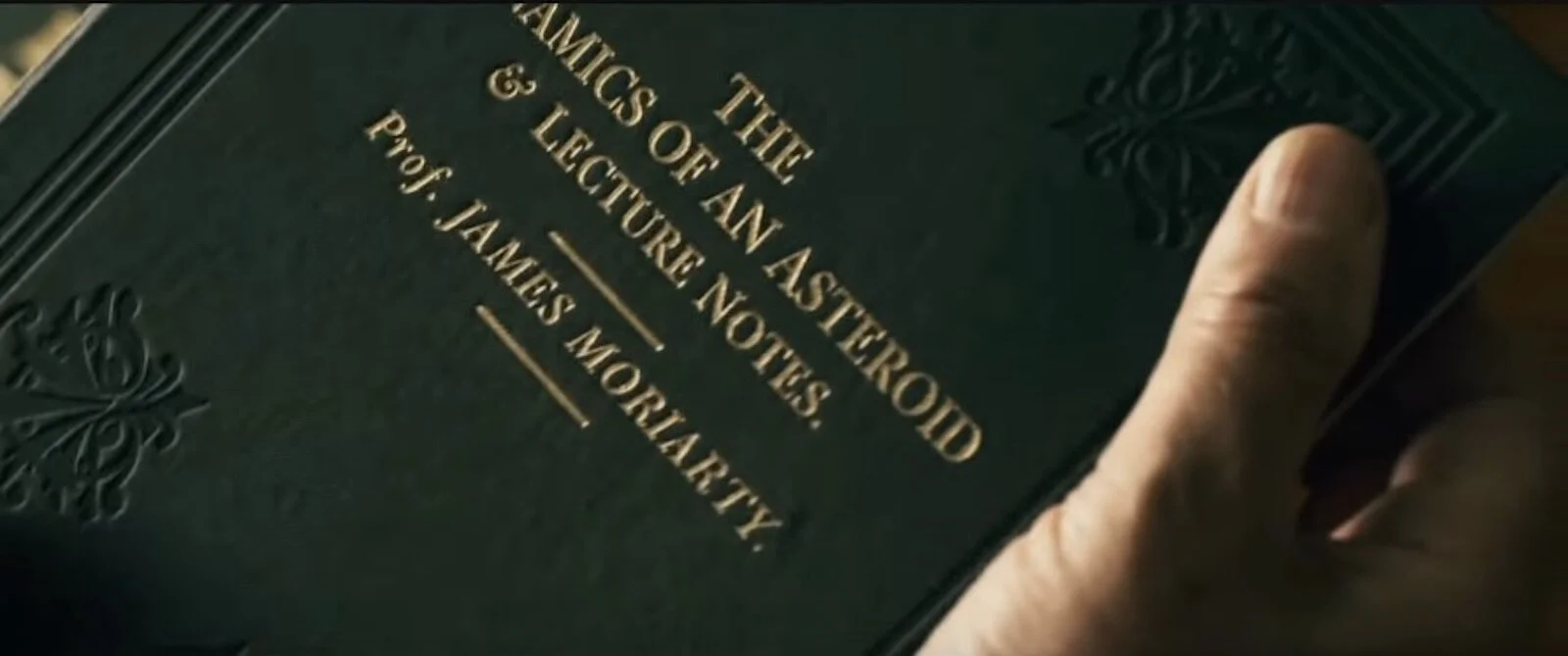
Extreme Close Up Sherlock Holmes: A Game of Shadows
In this scene, Sherlock arrives at Moriarty’s office, under false pretenses, to request Moriarty autograph a copy of his book.
We are given some information from this, like the identity of the character, what Moriarty studies, his stature in the community, etc.
But the genius of this scene comes from the moment where Sherlock searches around the room for clues and finds this…
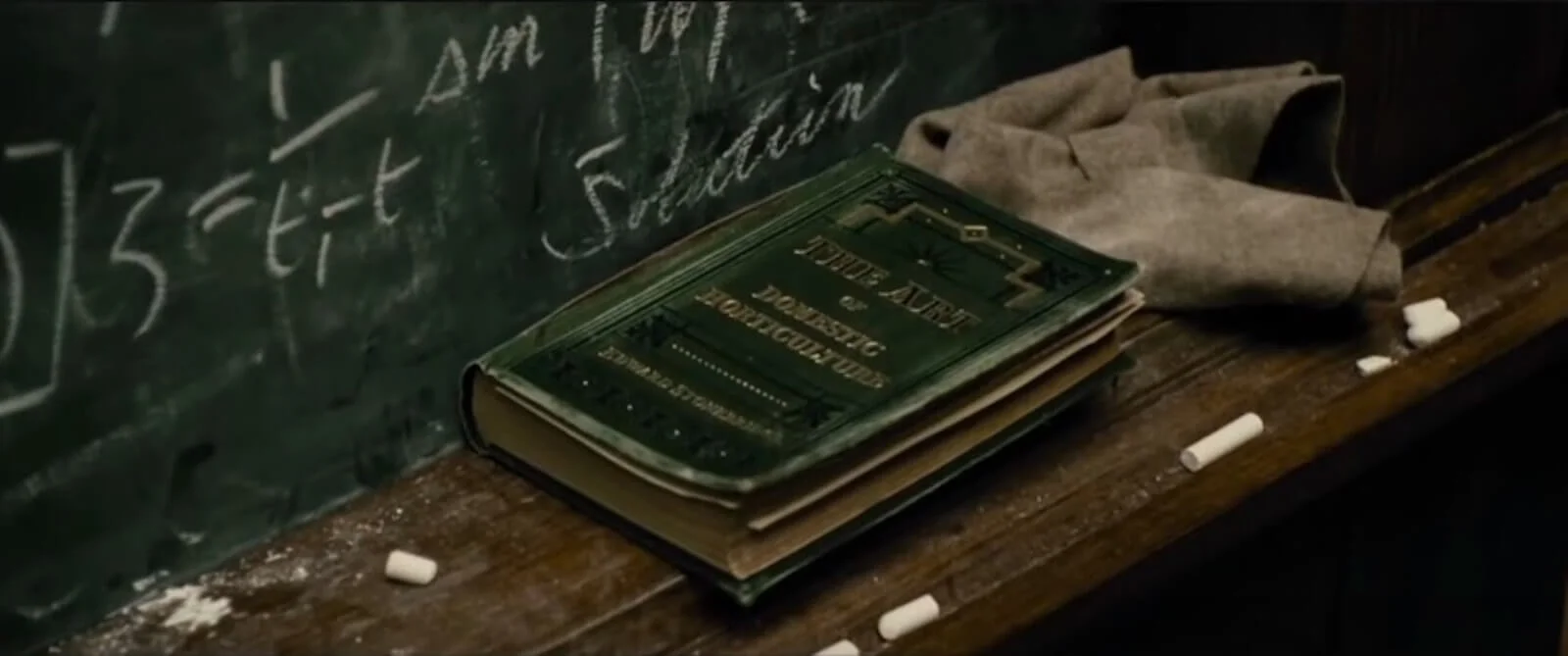
Close Up
This is NOT an ECU, but rather a standard close-up. The book in this gives Sherlock some very important information about Moriarty, especially when paired with a window-side planter full of dead flowers.
Moriarty is intelligent, he writes definitive works on subjects, he owns a book on domestic horticulture, and yet his flowers are dead.
But these shots are not framed in ECUs the way Moriarty’s book was, and so the viewer is more focused on the earlier book rather than the quick cut to the close-up of a “random” book in the office.
See the differences in close ups
Just as you can pair different types of extreme close-ups for effectiveness, you can also strategically trick the viewer into ignoring things by revealing less important information in a more dramatic way.
Let’s look at some examples from Minority Report, one of the best action movies, and this rather tense sequence.
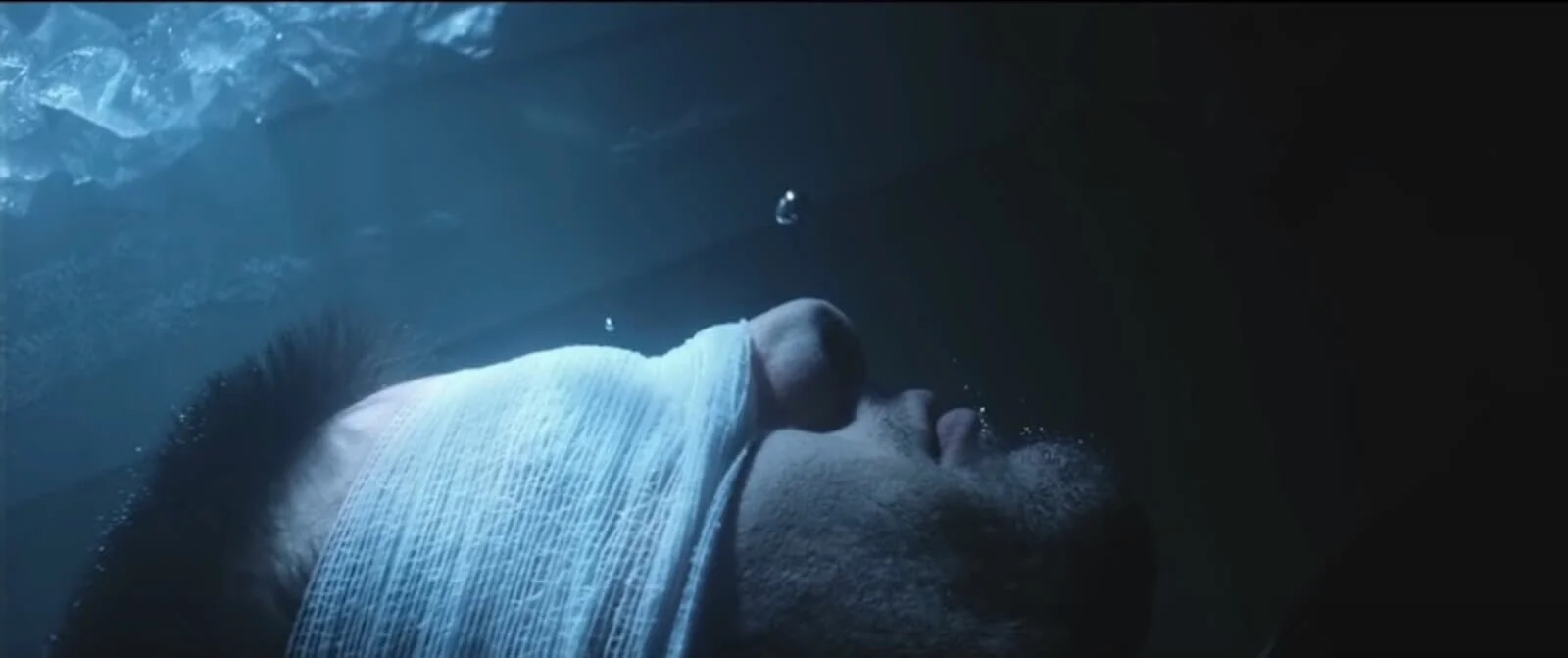
Close Up Profile in Minority Report
In this scene, protagonist John Anderton is hiding his body heat by submerging himself in icy water while robotic sensors roam his hideout. This shot could still be considered a close-up, though it is right on the edge.
Just as the robots begin to leave, an air bubble escapes from his nose. As the bubble reaches the surface, we see this shot…
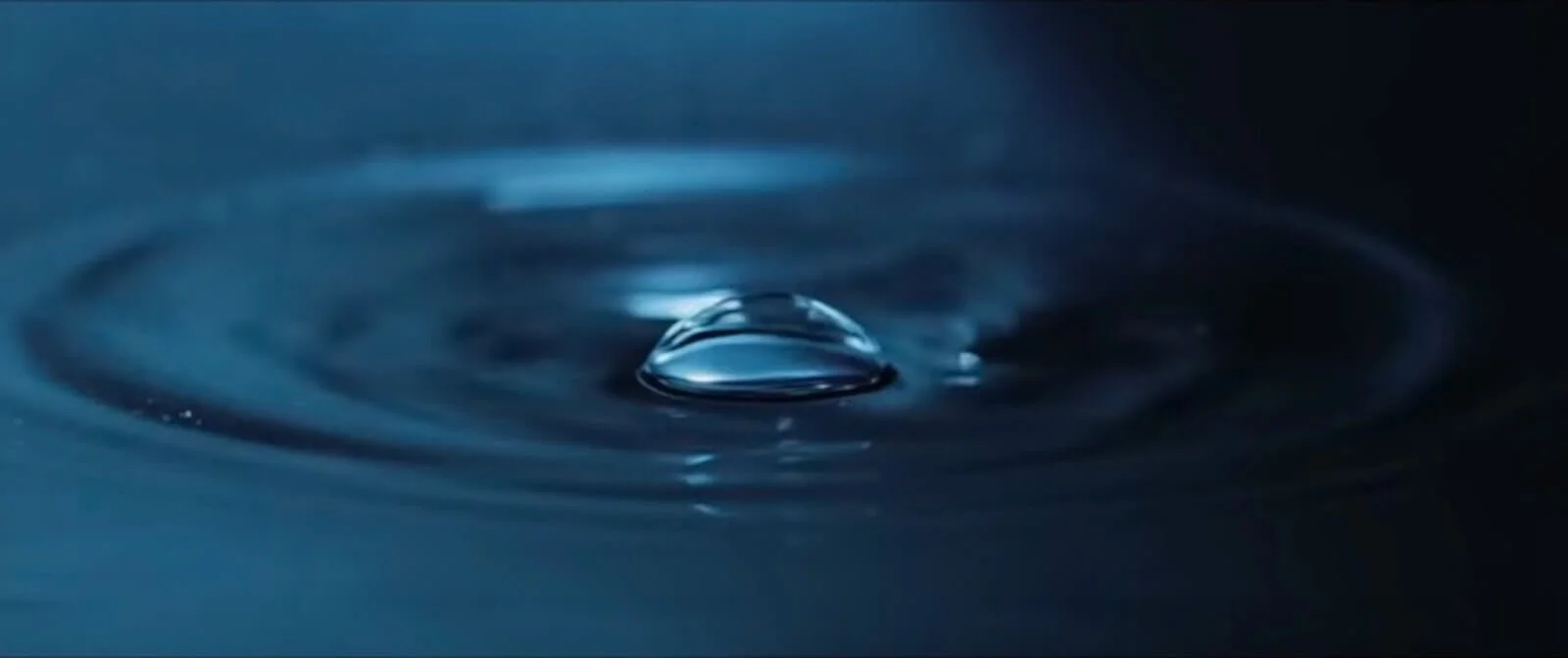
An extreme close up on air bubble
By framing the bubble so tight, we not only get a heightened sense of anticipation but also a sort of tactile feeling that makes the viewer almost sense that the bubble is about to pop.
Watch the scene in full below:
How about using the extreme close-up for an emotional purpose?
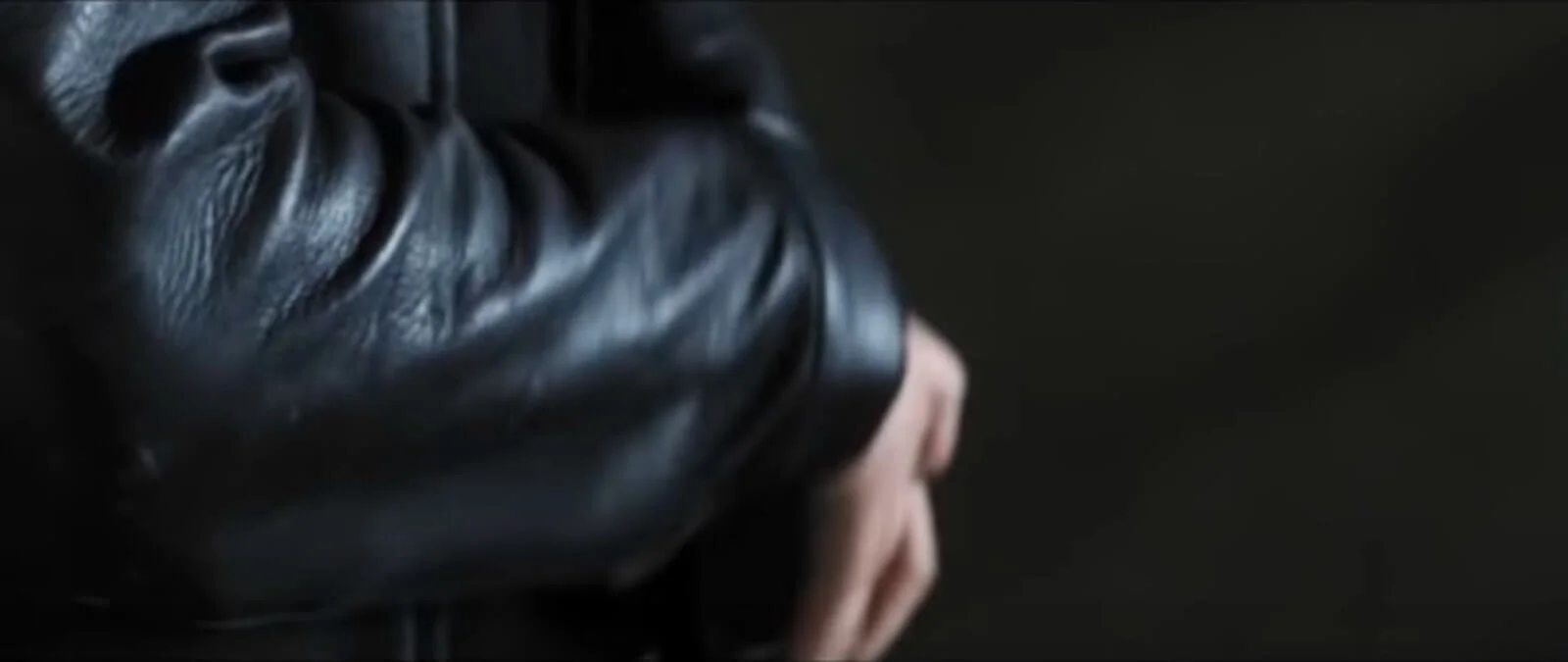
ECU on Anderton taking out his gun
This shot shows Anderton pulling his gun, which is pretty straightforward, and the shot actually tilts up and lands here…
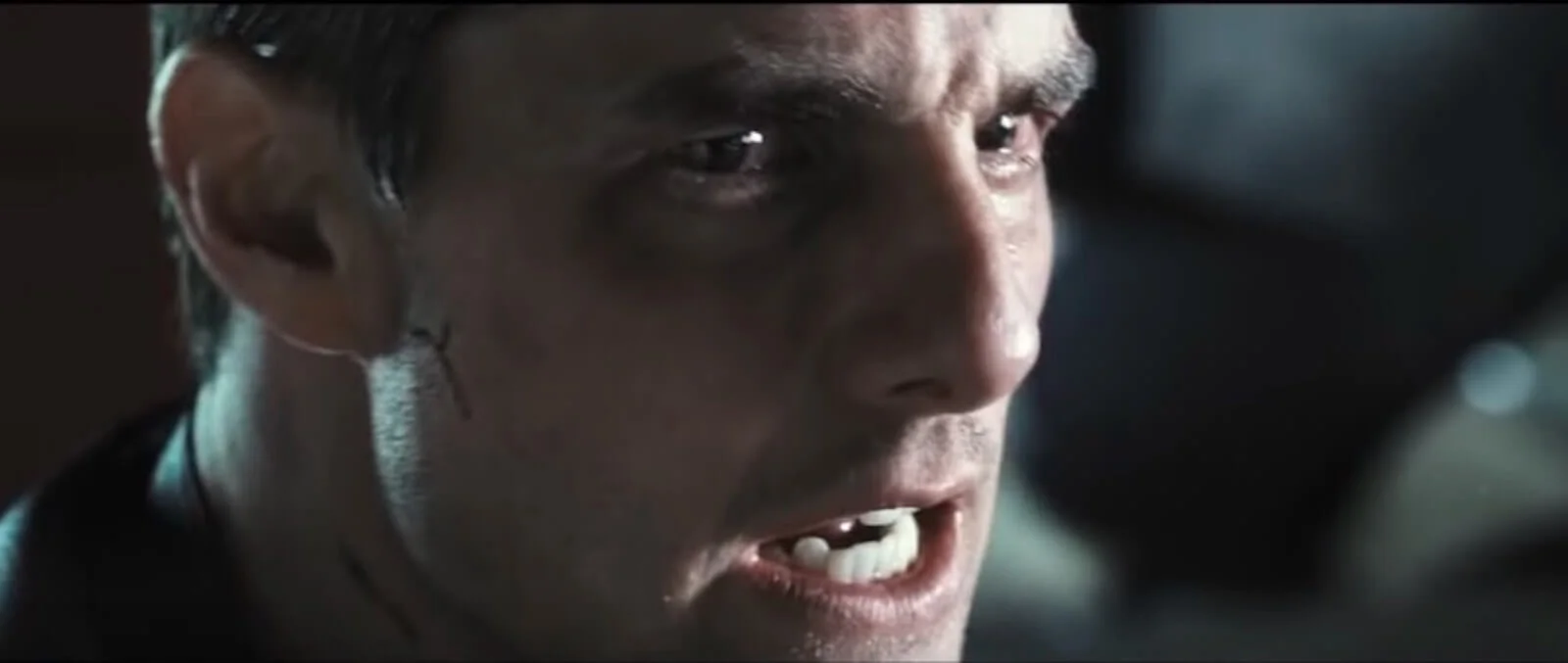
Capture rage with ECU
The viewer can see the Anderton’s rage and desire to shoot in his facial features, but they are heightened by the fact that the framing is so close.
The drama, suspense, and motivation are all heightened to the extreme.
The acting helps, but when you’re considering or analyzing extreme close-ups, try to imagine how the shot would work if it were framed in a full shot, medium shot, close-up, POV, whatever!
No matter which shot type you're working with, you can plan your shots, store them, and share them all in the software.
You can read more on other shot types below, and implement them as you shot list in StudioBinder.
Related Posts
Camera Shots
Get Inspired. Explore More Shots.
Master every shot size, and learn how to combine them with angles and movements to take your filmmaking to the next level.
Close Up Shots
Medium Shots
Wide Shots
Up Next
The Wide Shot explained
Now you understand how and when you can use an extreme close-up shot to generate a number of different emotions and connect the viewer to your character with great impact. Continue your research to find out how wide shots can be used effectively in your next project.
Up Next: Wide Shots →
Showcase your vision with elegant shot lists and storyboards.
Create robust and customizable shot lists. Upload images to make storyboards and slideshows.
